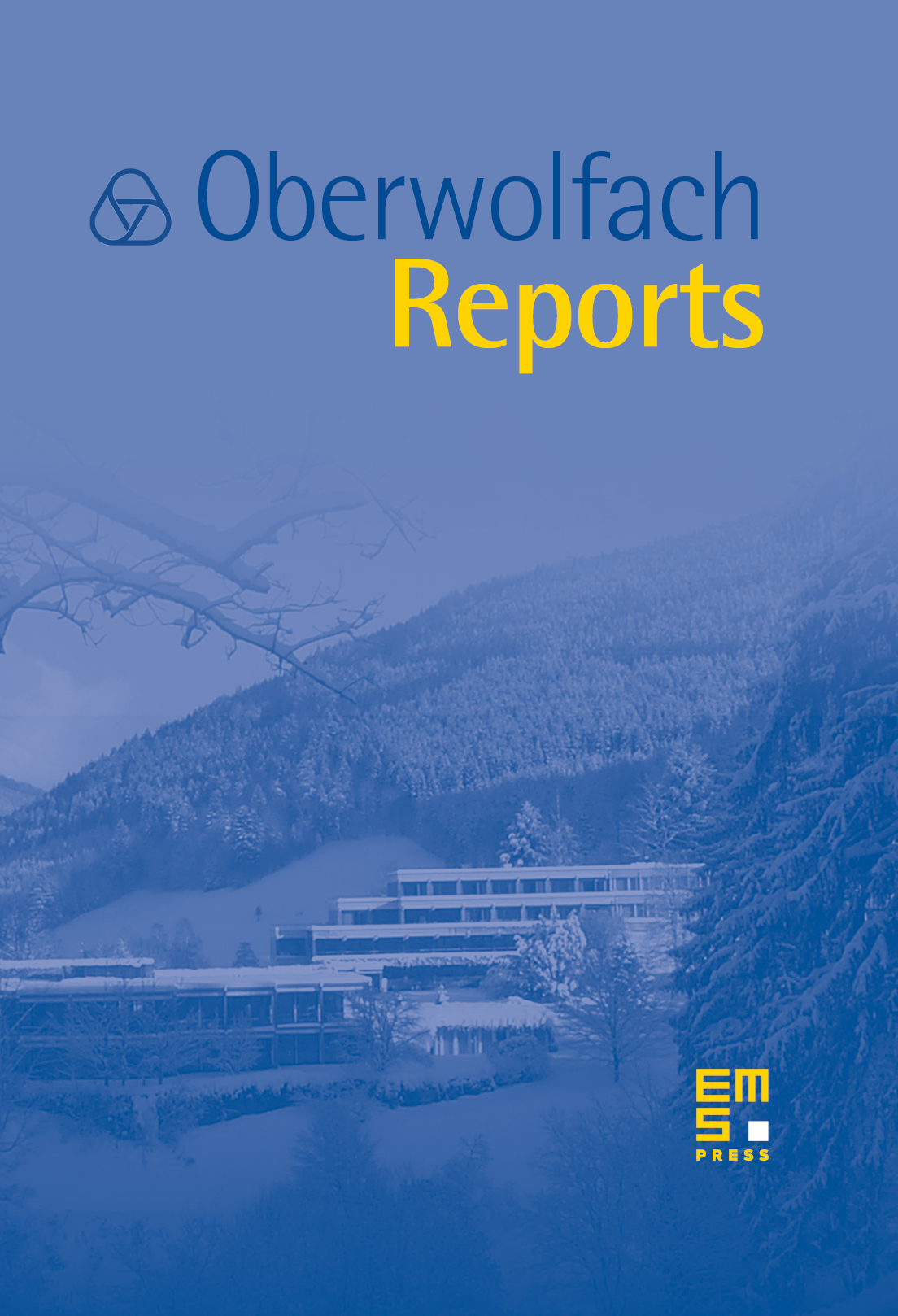Polylogarithms
Spencer Bloch
University of Chicago, USAGuido Kings
Universität Regensburg, GermanyJörg Wildeshaus
Université de Paris XIII, Villetaneuse, France

Abstract
The -th polylogarithm function is defined on by
In the past 25 years or so, polylogarithms have appeared in many different areas of Mathematics. The following list is taken, for the most part, from [Oe]: volumes of polytopes in spherical and hyperbolic geometry, volumes of hyperbolic manifolds of dimension 3, combinatorial description of characteristic classes, special values of zeta functions, geometry of configurations of points in , cohomology of , calculation of Green's functions associated to perturbation expansions in quantum field theory, Chen iterated integrals, regulators in algebraic -theory, differential equations with nilpotent monodromy, Hilbert's problem on cutting and pasting, nilpotent completion of , Bethe's Ansatz in thermodynamics, and combinatorial problems in quantum field theory.
Of course, these problems are not all unrelated. One common thread is that values of polylogarithms appear naturally as periods of certain mixed Hodge structures associated to mixed Tate motives over cyclotomic fields. How these periods are related to special values of -functions is a part of the Beilinson conjectures, which were discussed in a previous Arbeitsgemeinschaft. Since that time, the general picture has clarified. A number of talks are devoted to aspects of this more general philosophy (talk 2-5, 9, 10 13-17). The -adic aspects of the theory have been studied and will be explained in the eleventh talk. In addition, a vast generalization, multiple polylogarithms of the form
have come to play a role as presented in the fourth and twelfth talk.
The connection between volumes of hyperbolic manifolds and polylogarithms is described in the sixth talk. The seventh talk introduces higher torsion and explains why polylogarithms occur in that setting.
Polylogarithms play a role in physics. The eighth talk explains how zeta values, polylogarithms, and multiple polylogarithms appear in calculations of perturbative expansions in quantum field theory.
The final talks 13-17 return to the relationship with special values of -functions. The thirteenth and fourteenth talk are devoted to the Zagier conjectures for number fields. The fifteenth talk concerns the elliptic polylogarithm sheaves and Zagier's conjecture for elliptic motives. Finally, talk 16 and 17 describe how polylogarithms relate to Euler systems and to the Bloch-Kato conjectures on special values of -functions.
The Arbeitsgemeinschaft was organized by Spencer Bloch (University of Chicago), Guido Kings (Universität Regensburg) and Jörg Wildeshaus (Université Paris 13). It was held October 3rd – October 9th, 2004 with 46 participants.
Cite this article
Spencer Bloch, Guido Kings, Jörg Wildeshaus, Polylogarithms. Oberwolfach Rep. 1 (2004), no. 4, pp. 2539–2590
DOI 10.4171/OWR/2004/48